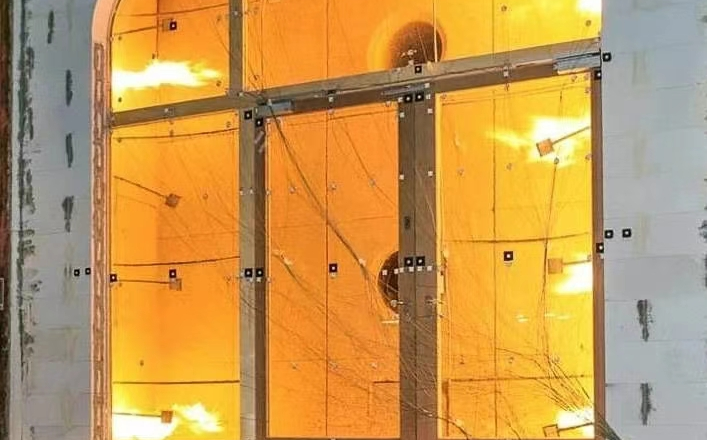fireResistant Test
What is fire resistance testing? Fire resistance refers to the fire resistance of the material under the action of fire. Fire resistance is generally judged by the time it takes for the integrity of the material to be destroyed under a specific fire action. Fire resistance tests are generally conducted to assess compliance with requirements through heat insulation and integrity. The so-called heat insulation means that under the condition of fire resistance experiment, the back fire surface of the building component can not exceed the specified limit value in a certain period of time; Integrity refers to the ability of a building component to prevent flame and hot gas from penetrating or appearing on the backfire surface for a certain period of time under fire test conditions.
Fire test object: fire test applicable products are all kinds of fire doors, firewalls, fire Windows, curtain walls, roofs, ceilings, load-bearing beams, pillars, wheel cabin walls, decks, fire hardware, expansion coatings and other building components and products.
The need for fire resistance testing: The main assessment of the fire resistance of materials or components under standard fire conditions, including fire resistance, integrity and heat insulation. This test is designed to simulate the performance of the material in a fire situation to ensure that it provides sufficient time for safe evacuation while maintaining structural integrity and insulation, thereby reducing the spread of the fire and property damage.
Building elements with good fire resistance can slow the spread of fire and thus reduce property damage. National and regional building codes often require fire testing to ensure that buildings meet fire safety standards. Through certification and testing, the public has a higher trust in the safety of buildings, enhancing the overall sense of security of society.

